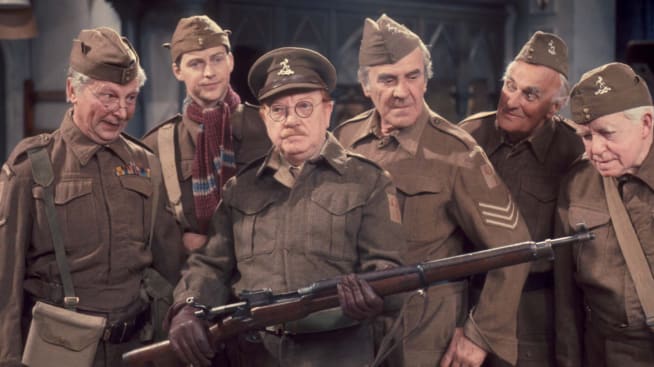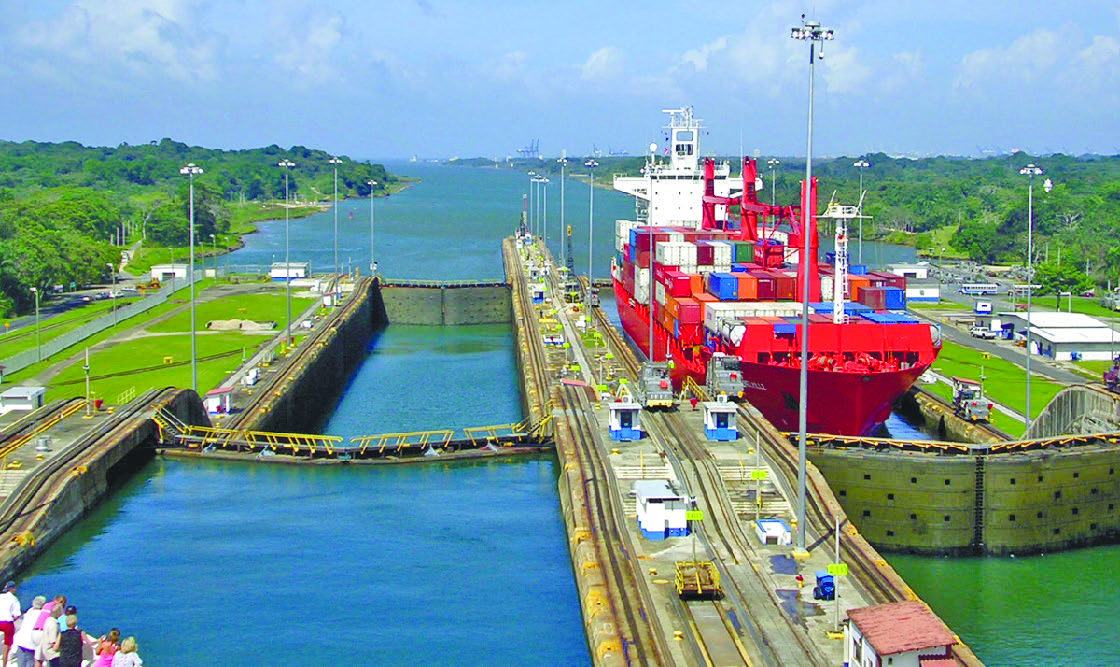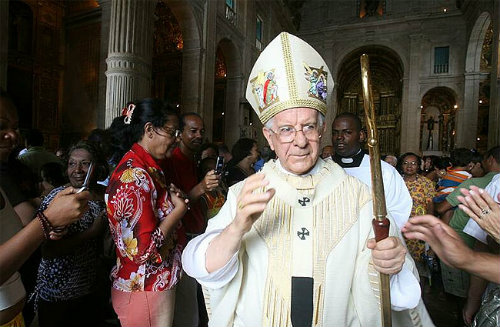Happy 2019 to everybody!

Photo of the Nicaragua Canal,2018.
Considered since the times of the Spanish Empire, the Nicaragua Canal (a canal connecting the Caribbean and the Pacific Ocean using Lake Cocibolca, the San Juan River and manmade waterways) was once again proposed by Centroamerican engineers in the Internationale Congress of 1963. According to them, the canal would create a safe passage for ships from Socialists countries and would provide a significant advantage for the Syndicalist world in the Cold War [1], as well as fostering the development of Centroamerica and, by extension, the whole of Central America and the Caribbean.
Initially the plan wasn’t taken into account due to its high costs. Nevertheless, the Centroamerican defeat in the Darien War in 1969, that saw Colombia gaining full control of the Panama Canal, caused a renewed interest in the idea. The construction began in 1973 and continued for 16 years. Considered by some as “the greatest engineering feat of the second half of the XX century”, the workers were forced to redirect several rivers and build many waterways in the middle of the jungle, enduring the tropical weather and diseases as well as natural disasters (the 1972 earthquake delayed the beginning of the construction for another year), while at the same time the looming danger of the project being cancelled due to its increasingly larger budget was always in the air .
Nonetheless, the canal was completed in 1989 and it was finally inaugurated by National Spokesperson Sergio Ramírez in May 13 that year. Nowadays the Canal is administered jointly by the Council of Nations and Centroamerica and it’s open to ships from any nation, though it still sees less traffic than the Panama Canal.
FRR border guards in the Ural border, 2018.
Even though the Cold War ended 25 years ago there are places in the world where it is still alive. The Red-Blue Border [2] is one of them. While the relationship between the Union of Russian Soviets and the Free Russian Republic has warmed since the time of the constant skirmishes in the “Demilitarized” Zone of the Ural Mountains it is still rather chilly, as both Russias claim to be the real one and maintain almost half of their armies in the border prepared and ready for an eventual conflict “just in case”. The CN has been forced to intervene in several clashes between Soviet and Free Russian forces and calls for the withdrawal of troops has been disregarded by both Moscow and Vladivostok. On a more positive note, the draconian security measures that gave the Ural border the nickname “Iron Curtain” have been mostly lifted up and, while complicated, it is possible for the common populace to cross it safely and legally by foot, road or in the New Trans-Siberian, unlike in the old, ugly times when one had to sneak through the border wall and walk for days, enduring the terrible weather and avoiding the patrols and wild beasts.
Future Pope Paul VI during his time as Archbishop of Salvador, Bahia, 2015.
After the quiet papacy of Silvester IV some thought the Catholic Church would finally elect a cardinal from a Syndicalist country such as Reinhard Marx or Leopoldo Brenes as Pope. In the end the Papal Conclave chose in favour of continuity and elected Geraldo Majella Agnelo as new Pope Paul VI in 2016.
Born to a numerous family in Minas Gerais (in modern-day Veracruz) in 1933, like many Brazilian kids grew during the time of the Second Empire of Brazil and Integralism. Like everybody his age, he joined the Brazilian Youth League, where the National Catholicism practiced by the Integralist regime would influence him greatly, leading him to decide to devote his life to Christ. He would be ordained priest in 1957 and once the War of the Five Years started in 1959 he was sent to the Uruguayan front as a military chaplain. The horrors he contemplated, committed by both the Argentineans and the Brazilians, would scar him for life. After the end of the war he started to study Theology in the Pontifical Institute of Saint John, in the New Vatican [3], licensing in Philosophy and Theology in 1968. The Brazilian Dissolution War of 1969-1970 would see him becoming a popular figure in Sao Paulo, where he worked, as he organized the people of the Ipiranga quarter to endure as best as they could the siege laid by the Army troops still loyal to the Empire. Afterwards, he would continue to grow inside the Church, being ordained Bishop of Paraná (Piratini) in 1978 and Archbishop of Londrina in 1982 and of Salvador (Bahia) in 1999, as well as secretary of the Congregation of Divine Worship between 1991 and 1999 and Cardinal in 2001.
So far his papacy has been occupied with his calls for a greater international effort to obtain world peace and the necessity of dialogue between the different Christian faiths, as well as the continuous pederasty scandals and the demands of modernization from within and out of the Catholic Church.
The world in New Year's Eve, 2018.
[1]The Honolulu Treaty of 1946 established the Panama Canal as a neutral and demilitarized zone between Centroamerica and Colombia, managed jointly by both countries and open to everybody. This, however, didn’t avoid that the Internationale and the Union of Caribbean Peoples (with the help of the Co-Prosperity Sphere, Australasia and Brazil) built up their forces in anticipation of a conflict that would allow them to seize the Canal.
[2]Named that way due to the colours generally used in maps to represent each country (red for the Soviet Union, blue for the FRR), as well as in reference to each nation’s nickname (the URS “Red Russia”, for obvious reasons, and the FRR “Blue Russia”, as “white” has reactionary connotations).
[3]After Rome fell to Mussolini’s armies the Papacy, led by Stephen X, fled abroad. Barroso invited them to come to Brazil and built the New Saint Peter’s Basilica in Rio de Janeiro, giving to the Church the surrounding area, creating thus the New Vatican.







